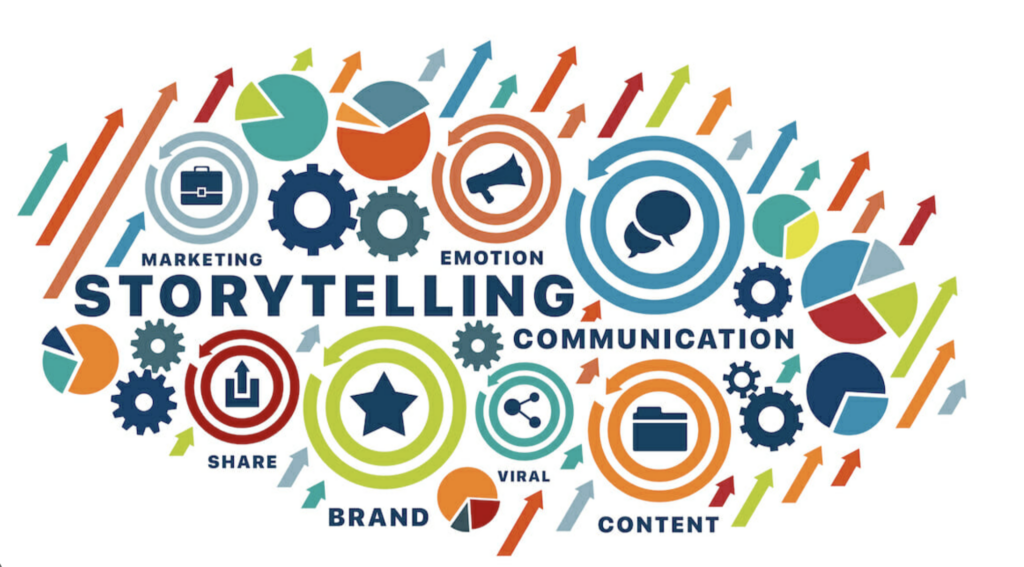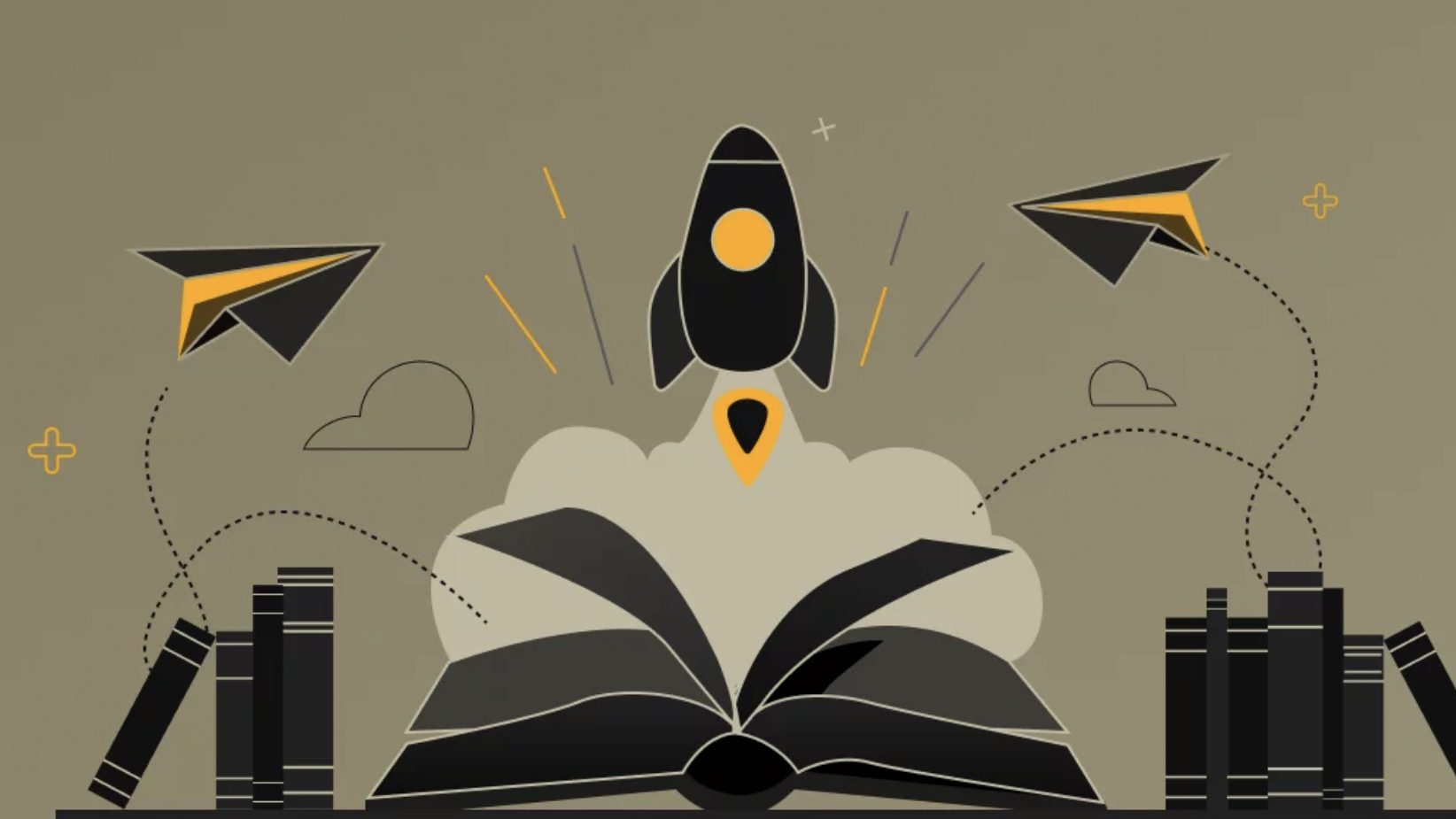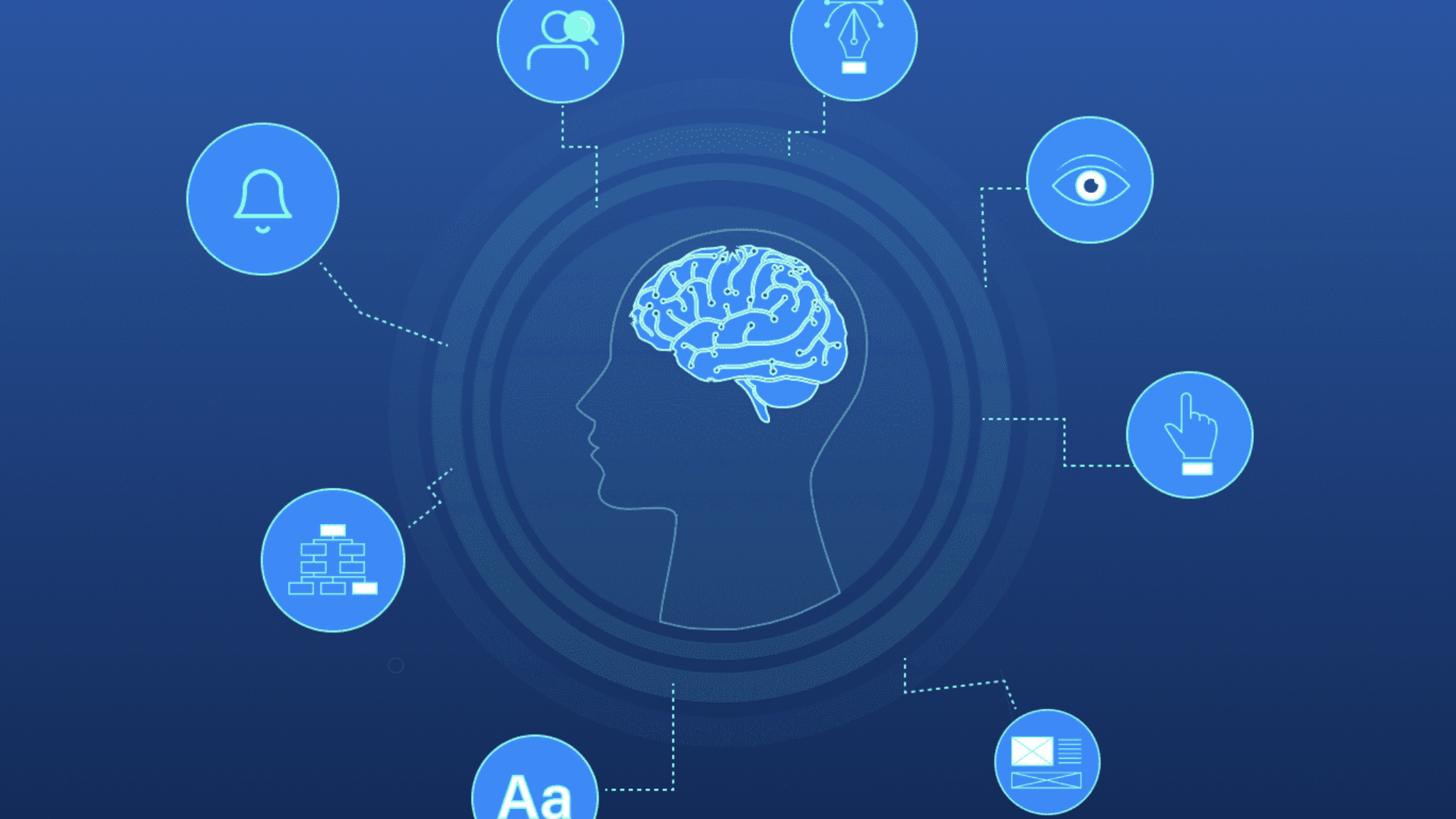In today’s digital landscape, creating a product or service that genuinely resonates with users goes beyond functional design and usability. It involves a deep understanding of users’ goals, views, and lifestyle, which is where the art of UX storytelling comes into play. When effectively applied, UX storytelling can transform user experiences, fostering emotional connections that lead to increased user satisfaction and business success.

Understanding UX Storytelling
UX storytelling is the process of crafting narratives that help designers and developers better understand users and design products that meet their needs. It focuses on viewing product design through the lens of users’ motivations and pain points, creating experiences that are not only functional but also emotionally engaging. Storytelling in UX design helps bridge the gap between raw data and human experience, enabling the creation of products that resonate on a deeper level.
The Role of User Personas in Storytelling
User personas are a crucial tool in UX storytelling. These fictional-but-factual profiles represent different segments of the target audience and are developed from extensive user research. By bringing user personas to life with detailed backgrounds, desires, and challenges, designers can create relatable and empathetic narratives that guide the design process. This approach allows designers to humanize complex data and visualize the user’s journey in a way that aligns with their real-world experiences.

Benefits of Storytelling in UX Design
Integrating storytelling into UX design offers several benefits that enhance the overall user experience and the effectiveness of the design process.
Guiding Unified Decision-Making
Storytelling keeps the user at the center of decision-making processes. It reminds cross-functional teams that real people with unique goals and challenges are behind every product and service. By focusing on user stories, teams are less likely to make decisions based solely on technical feasibility or design trends, ensuring that the end product aligns with user needs.
Humanizing Complex Data
Raw data from surveys, interviews, and analytics tools can be overwhelming and difficult to interpret. UX storytelling transforms this data into relatable narratives that reveal underlying behaviors and motivations. This approach helps teams uncover “aha moments” that drive meaningful design decisions.
Exploring Edge Cases
While user personas typically focus on mainstream archetypes, storytelling allows designers to explore edge cases and niche segments. This comprehensive approach ensures that all user needs are considered, leading to more inclusive and versatile product designs.
Building Trust and Loyalty
Stories have a unique ability to build trust and loyalty. When users feel understood and see their needs reflected in a product, they are more likely to develop a strong emotional connection with the brand. This connection fosters long-term loyalty and encourages repeat usage.
Enhancing Team Collaboration
Storytelling in UX design not only benefits end users but also improves team collaboration. By sharing user stories, teams can align their perspectives and work together more effectively to create a cohesive and user-centered design.
Crafting a Compelling UX Story
Creating a compelling UX story requires careful planning and a deep understanding of the user’s journey. Here are some steps and frameworks to guide the storytelling process.
Understanding the Starting Conditions
Before diving into the storytelling process, it is essential to immerse yourself in the user’s current reality. This involves understanding their pain points, goals, and the context in which they use the product. By doing so, you can create a narrative that accurately reflects their experience and resonates with their needs.
Visualizing the Ideal Future State
Equally important is envisioning the ideal future state where the user’s needs are fully met. This vision serves as the destination of the story, guiding the design process towards a solution that delivers real value to users.
Connecting the Dots with a Story
The story itself is the bridge that connects the user’s current state to the ideal future state. It involves identifying the key challenges the user faces and designing a journey that addresses these challenges through the product. A well-crafted story not only guides the design process but also helps communicate the value of the product to stakeholders and users.

Frameworks for Effective UX Storytelling
Several frameworks can help structure your UX storytelling, ensuring that the narrative is engaging and impactful.
- Dan Harmon’s Story Circle: Dan Harmon’s Story Circle is a simplified version of Joseph Campbell’s “Hero’s Journey,” a narrative structure that has been used for centuries. The Story Circle consists of eight steps: You, Need, Go, Search, Find, Take, Return, and Change. Each step represents a stage in the user’s journey, from their initial state to the fulfillment of their needs through the product. By following this framework, designers can create a narrative arc that mirrors the user’s experience and guides them towards a successful interaction with the product.
- The Working Backwards Method: Used by Amazon, the Working Backwards method starts with the end vision in mind. Instead of focusing on features, this approach begins by defining the ideal user experience and then works backwards to develop the necessary design solutions. This method ensures that the final product aligns with the user’s needs and delivers a seamless experience.
- Storyboarding Workshops: Storyboarding workshops are collaborative sessions where team members sketch out the user journey in a series of panels. This method allows teams to visualize the user’s experience, identify potential challenges, and explore different design solutions early in the process. Storyboarding fosters collaboration and ensures that all team members are aligned on the user’s journey.

Practical Applications of UX Storytelling
To better understand the impact of storytelling in UX design, let’s explore a few real-world examples.
Slack’s Onboarding Story
Slack’s onboarding process is a prime example of effective UX storytelling. By guiding users through a conversational narrative, Slack simplifies the onboarding experience and helps users quickly understand the app’s features. This approach not only reduces friction but also makes the onboarding process feel more personal and engaging.
Dropbox’s “New User” Illustration
Dropbox uses storytelling to turn a potentially frustrating experience into a delightful one. When new users haven’t uploaded any files yet, they are greeted with a playful illustration of a dragon hoarding files. This narrative injects humor into the user experience, making the empty state more enjoyable and encouraging users to engage with the platform.
Airbnb’s Host Stories
Airbnb leverages user-generated stories to build trust and authenticity. By showcasing real hosts and their unique experiences, Airbnb creates an emotional connection with potential hosts and encourages them to join the platform. These stories not only highlight the benefits of hosting but also create a sense of community among users.

The Psychology Behind UX Storytelling
The effectiveness of UX storytelling lies in its ability to tap into psychological principles that drive human behavior.
Cognitive Fluency and Familiarity
Cognitive fluency refers to the ease with which the brain processes information. By incorporating familiar storytelling elements such as linear narratives and intuitive navigation, designers can enhance cognitive fluency, making the user experience more accessible and enjoyable.
Empathy and Emotional Resonance
Empathy is a key component of effective storytelling. When users feel that a product understands their needs and challenges, they are more likely to form a positive emotional connection with it. By crafting narratives that resonate with users’ experiences, designers can foster empathy and create products that truly meet their needs.
Information Retention and Recall
The human brain is wired to remember information presented in a narrative format. By transforming complex information into engaging stories, designers can improve information retention and recall, making the user experience more effective and memorable.
Aristotle’s Seven Elements of Good Storytelling
Aristotle’s timeless principles of storytelling, outlined in his work “Poetics,” provide valuable insights for crafting compelling UX stories.
Plot (Mythos)
The plot is the core of the story, representing the sequence of events that unfold. In UX design, the plot centers around the user’s journey, from identifying a need to finding a solution through the product.
Character (Ethos)
Characters are the driving force of the story. In UX storytelling, characters are represented by user personas, who embody the target audience and their unique challenges and motivations.
Theme (Dianoia)
The theme is the underlying message or moral of the story. In UX design, the theme reflects the product’s value proposition and how it addresses users’ needs.
Dialogue (Lexis)
Dialogue in storytelling represents the interactions between characters. In UX design, this translates to the user interface’s communication with the user, including microcopy, prompts, and feedback.
Melody (Melos)
Melody refers to the overall tone and style of the storytelling. In UX design, this is reflected in the visual and interactive elements that shape the user experience.
Décor (Opsis)
Décor encompasses the visual aspects of the story, such as settings and props. In UX design, this includes the layout, color scheme, and design elements that create the product’s atmosphere.
Spectacle (Spectacle)
Spectacle refers to the visual and sensory elements that captivate the audience. In UX design, this includes animations, transitions, and other dynamic elements that enhance the user experience.

Conclusion
The art of UX storytelling is a powerful tool that can transform digital products into experiences that resonate deeply with users. By understanding users’ needs, crafting compelling narratives, and applying psychological principles, designers can create products that not only fulfill functional requirements but also foster emotional connections. As technology continues to evolve, the human touch of storytelling will remain essential in designing digital experiences that are both meaningful and memorable.
Embracing the power of storytelling in UX design is not just about creating better products; it’s about creating products that truly understand and resonate with the people who use them. As you embark on your next design project, let storytelling be your guide in crafting experiences that engage, inspire, and connect with users on a deeper level.
Related Posts:
Personas: A Simple Introduction
Understanding Tone of Voice: The Key to Building a Strong Startup Identity
Unveiling the Magic: UI vs. UX Design
